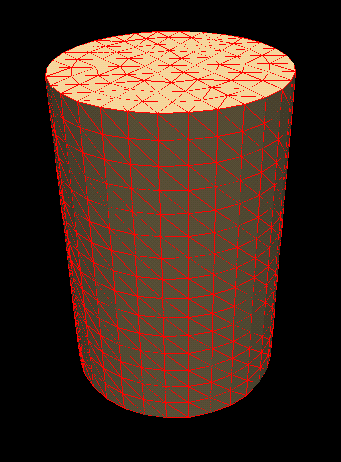 After:
After:
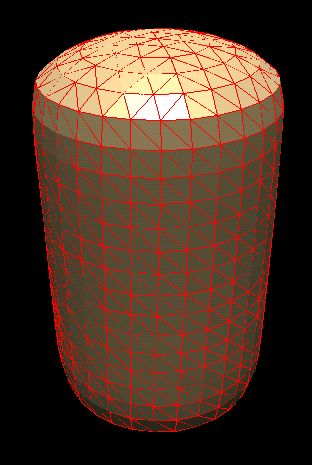
The simulations of compressible fluids interacting with elastic membranes is done using a combined fluid/elasticity model (FLUEL). This model uses a combination of a compressible fluid solver and a finite-element elasticity solver build on tetrahedral moving meshes.
The combined fluid/structure dynamics solver is implemented as a sub-model of a more general multi-physics simulation system (MPSS), and enables the simulation of fluid structure interactions involving flexible tissues and elastic membranes. Complex interactions of fluids, membranes and solid bodies with the prescribed kinematics of motion can be simulated as well.
Below are the fragments of the simulations of two elastic containers (cylindrical and cubic) filled with a compressible gas. Initial gas pressure inside the containers is above the ambient which causes the containers to inflate and change shape.
Cylinder:
Before:
 After:
After:

Cube:
Before:
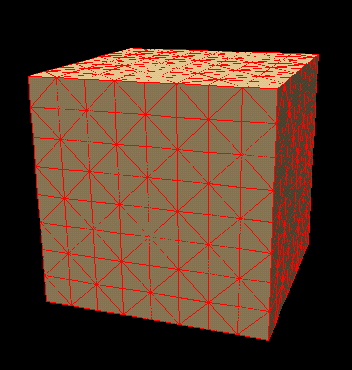 After:
After:
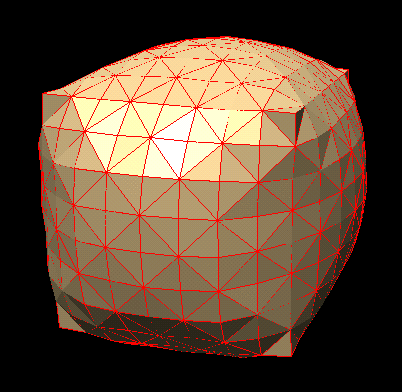
In this simulation gas passes through an elastic cylindrical pipe. The gas pressure causes the pipe to inflate and eventually rupture.
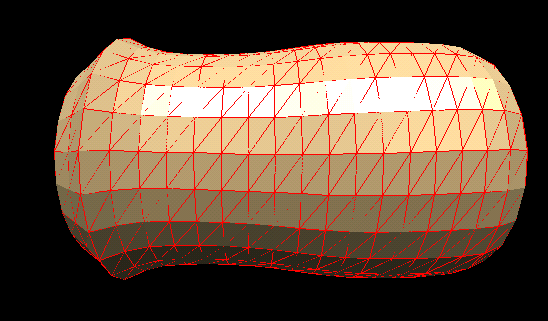
A pulse of compressed gas passes through a bifurcating duct, which causes the change of shape in the duct walls.
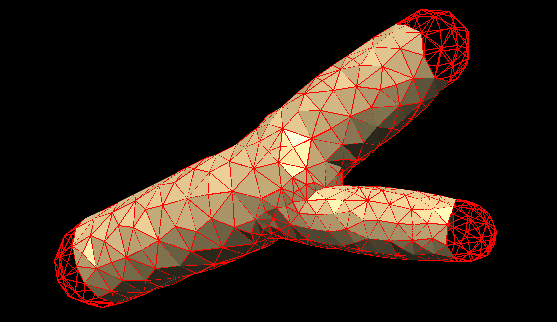
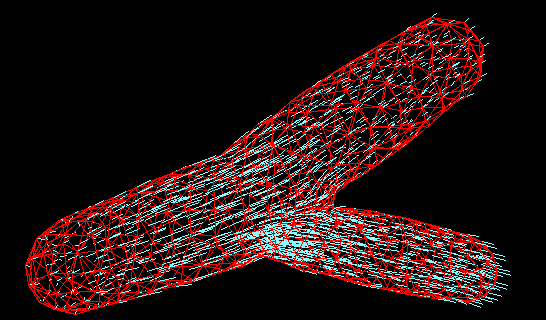
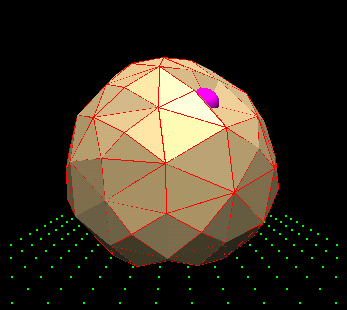 This is an example of visco-elastic interactions involving fluid dynamics,
rigid body dynamics and elastic membranes.
This is an example of visco-elastic interactions involving fluid dynamics,
rigid body dynamics and elastic membranes.
In the simulation a flexible balloon made of elastic material and filled
with a liquid is hit by a hard ball. The motion of the hard ball is
pre-determined, i.e. directed by an external force and is not responsive
to the reaction forces of the balloon. The liquid motion inside the
balloon is viscous and compressible. The material of the walls has
resistance to stretching and torsion (normal and shear stresses). The
balloon is touching a hard flat surface of the floor. The interaction of
the balloon with the floor is of non-slip type. Initially the pressure
inside the balloon is higher than the ambient pressure, which causes it to
inflate at the beginning of the simulation. After the balloon is hit by
the ball it deforms and gradually changes shape as the fluid inside it
moves, and the pressure forces cause the elastic surface to deform.
Animations: Surface forces, Internal flow-field.
Animations: tissue growth, branching.